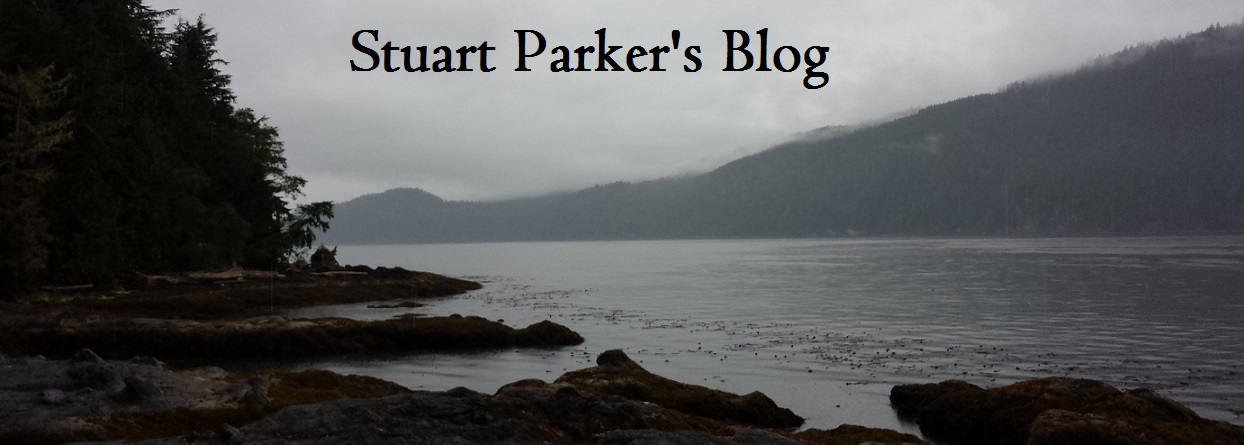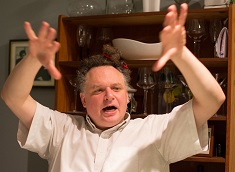One of the most significant differences between Canada and the other countries of the Western Hemisphere has been not just what it has (or has not) done in response to the massive dispossession and oppression of Indigenous people during the European conquest but where that impetus has come from.
As I stated previously, most countries in the Americas have sought democratic political resolutions to land inequity through their legislatures. Candidates have run in elections on platforms of reconciliation, been elected and carried these programs out to varying degrees of success. The history of Canada has no such episode and recent Canadian history shows no real attempts.
In 1969, the Pierre Trudeau government put forward its white paper on Indigenous peoples, proposing termination, the legal doctrine the US had unsuccessfully applied 1894-1933 and which Mexico had tried 1857-1920 to similarly disastrous effect. Not only did First Nations leaders oppose this policy and rebuke the Trudeau government but so did many settler Canadian voters, not so much because they opposed abolishing Indigenous “status” and Reserve governments but because this radical rewriting of settler-Indigenous relations had not been placed before voters in the 1968 election.
Since Trudeau’s shelving of the doctrine of termination before the 1972 election, pretty much every significant advance in Indigenous rights in Canada has emanated not from parliament and the provincial legislatures but from the courts. As rehearsed in my essay last fall, this has produced a number of perverse and pernicious effects when it comes to resolving the land question.
With the exception of BC Premier Mike Harcourt’s proposed BC Treaty Commission, which failed to settle one single demand for land reform during its decade in operation, political leaders no longer go to the voters with plans for settling the Indigenous land question in the form of any discernible government program. Their essential message is that they will ape the language of the courts and follow the decisions of the courts because it is the judicial not the legislative branch of government that should decide the land question with respect to Indigenous peoples.
When it comes to the land crisis experienced by settlers, along with non-status, Métis and off-reserve Indigenous people, a completely different, unconnected, siloed conversation ensues. First of all, once treaties are off the table, the land question is thought to be a wholly provincial matter, or at least has functionally been so since (a) crown land south of 60 degrees was distributed to the provinces and not the federal government since the 1867, and (b) the federal government abandoned its guarantee of every Canadian enjoying a “right to shelter” when it defunded federal housing programs and enacted the Canada Health and Social Transfer legislation that untied provincial transfer payments from housing guarantees.
Shockingly, even though the vast majority of land in every province west of the Gaspé is state-owned “crown land,” governments have not come to the voters with land redistribution plans to alleviate unemployment or the housing affordability crisis. And in a divisive and perverse move, they have argued that because so much land is covered by flawed, corrupt and non-consensual “numbered treaty” system, treaties whose meanings are in dispute and often before the courts or, was simply seized by the state without a treaty, it would violate the rights of Indigenous people to redistribute land to settlers.
In reality, neither settlers nor any group of Indigenous people have meaningful, functional, stable access to the crown land near them, nor do they have any democratic control over its use, as it is typically under the direct control of forest, fossil fuel, bottled water or mining companies, or of provincial government departments responsible for selling water, minerals and timber.
The only programs remotely resembling what one might call “land reform” were some experimental pilot “community woodlot” programs in Western Canada in the 1990s, where some crown land was alienated to a local municipality or corporation with community ownership to be controlled for the limited purpose of producing wood for a local mill. Multi-use, non-extractive use, these forms of community land tenure are not even on the table, not even part of the debate.
Meanwhile in our cities and towns, the housing affordability crisis is being fobbed-off on the private sector in the same way the Indigenous land question is being fobbed-off on the judiciary. Provinces and cities rarely use their own land to solve housing problems; even when they decide to take public land and dedicate it to housing, the first step in that process is typically privatization, after which times, the failure of the land to provide what it was intended for is blamed on the free market.
This is a messed-up state of affairs but the good news is that it is uniquely Canadian. If we stopped seeing our land crisis as multiple, separate, siloed or competing land crises but as one, we could chart a different course. And if we saw our legislatures, not our courts or our markets as the place where our land problems are solved, we could chart a different course. Finally, if we looked to the rest of the continent at how to build majority coalitions for land reform, we could create the social movement needed to chart that course.
The Mexican Revolution was a complex, multi-phase, multi-faction process that effectively re-founded Mexico a century after its initial separation from the Spanish Empire in 1821. The basis of this re-founding was the restoration of something Mexicans call the ejido. Previously privatized lands that had been held by major landowners and foreign corporations were seized by the government and redistributed to rural cooperatives.
Eligibility for these lands was based on three main things: (1) the grassroots, inclusive and cooperative nature of the project, (2) the economic viability of the business it sought to create and (3) the material need for the land. In other words, the government redistributed land to the rural proletariat and peasants based on self-organization on the basis of class.
Of course, it went without saying that the primary beneficiaries of the ejido were Indigenous Mexicans because class and race function synergistically. Consequently, this policy proved very popular with Indigenous people. But it was also popular with the non-Indigenous rural poor because it did not walk back the reforms of 1857 that had abolished separatist race-based courts and race-based systems of land tenure. The fact the ejido equally available to settlers and Indigenous people located in the same geographical and class position.
The ejido proved the most popular and long-lasting of the many reforms of the Mexican Revolution but was ultimately destroyed as a condition of Mexico joining NAFTA in 1994. This attempt to re-privatize the ejido has led to an ongoing insurgency, the Zapatistas, in Southern Mexico for the past generation.
Between 1950 and 1953, Guatemala undertook a hugely popular land reform program very different from the Mexican one. There, the government expropriated private land the big fruit companies had left fallow for three or more consecutive years. This land was then parceled as family farm plots and distributed to families who had previously been sharecroppers on the fruit companies’ lands. The government assessed a market value and automatically qualified the landless family receiving the land for a mortgage with the government bank. Families began working the land and paying off their mortgages within months and Guatemala’s banana production actually rose; but much more importantly, kitchen gardens got a lot bigger and families were able to meet more of their food needs on their own land.
The program was so successful and popular with the peasants that the fruit companies convinced the Eisenhower Administration to remove the government in a coup and begin reversing the reform in 1954.
As in Mexico, the overwhelming majority of the beneficiaries were Indigenous but, as in Mexico, the land reform was based on people’s class, location and financial need. And the reforms were popular because they benefited a broad class-based coalition from all three of the country’s main castes (i.e. races), indio, ladino and criollo.
Another interesting example of land reform was that of the Peruvian dictatorship installed by the Johnson Administration at the beginning of 1969. Whereas the Mexican and Guatemalan revolutionaries were anti-capitalist (despite the Guatemalan reform being a capitalist reform designed to move the country forward historically, in the style of Deng Xiaoping’s reforms in 1980s China), the Peruvian regime was installed by the US as a bulwark against communism and an example of how even something like land reform is possible under capitalism.
Unlike the Mexicans and Guatemalans, the junta running Peru was constrained by its alliance with the US from engaging in uncompensated expropriation. But years of corruption and tax fraud allowed the government to purchase land far below market value because the owner had been paying property taxes based on land values artificially depressed by fraud and collusion between tax assessors and the landlord class.
Like Mexico’s land reform, self-organized cooperatives rather than family units were the beneficiaries of the reform and the types of cooperatives were evaluated based on similar metrics to Mexico but with greater sensitivity to the wide diversity of Peruvian ecosystems, commodities and the amount of processing required before goods were sold for further processing or sent to market. Whereas Mexico and Guatemala had already gone through a process of termination, eliminating Indigenous land tenure, Peru had not. This meant that the junta converted pre-existing Indigenous collective lands into land cooperatives, not dissimilar to the Alaskan reorganization that was taking place at the same time. In this way, land reform was the means by which Peru effected termination.
Yet, termination was embraced by most Indigenous groups because the new cooperatives were more dynamic, democratic and prosperous and meaningfully more land. Complications later arose with these Indigenous lands but the complications stemmed not from objections to the loss of traditional forms of land tenure and government but the tendency of small holders to function more as neighbourhoods of independent yeoman farms with only superficial economic cooperation.
As with the other examples, there is a common theme: reform was conducted based on class; settlers and Indigenous of that class benefited equally; the overall program primarily benefited Indigenous people.
I am not proposing to copy any of these, except with respect to one thing. Canada should embark on a project of land reform that is driven not by the courts or the private sector but by our parliament and legislatures. And that project should benefit and be supported by a broad coalition of Canadians needing land, rural and urban, settler and Indigenous. In the next piece, I will look at global examples of reforming and redistributing urban land.

